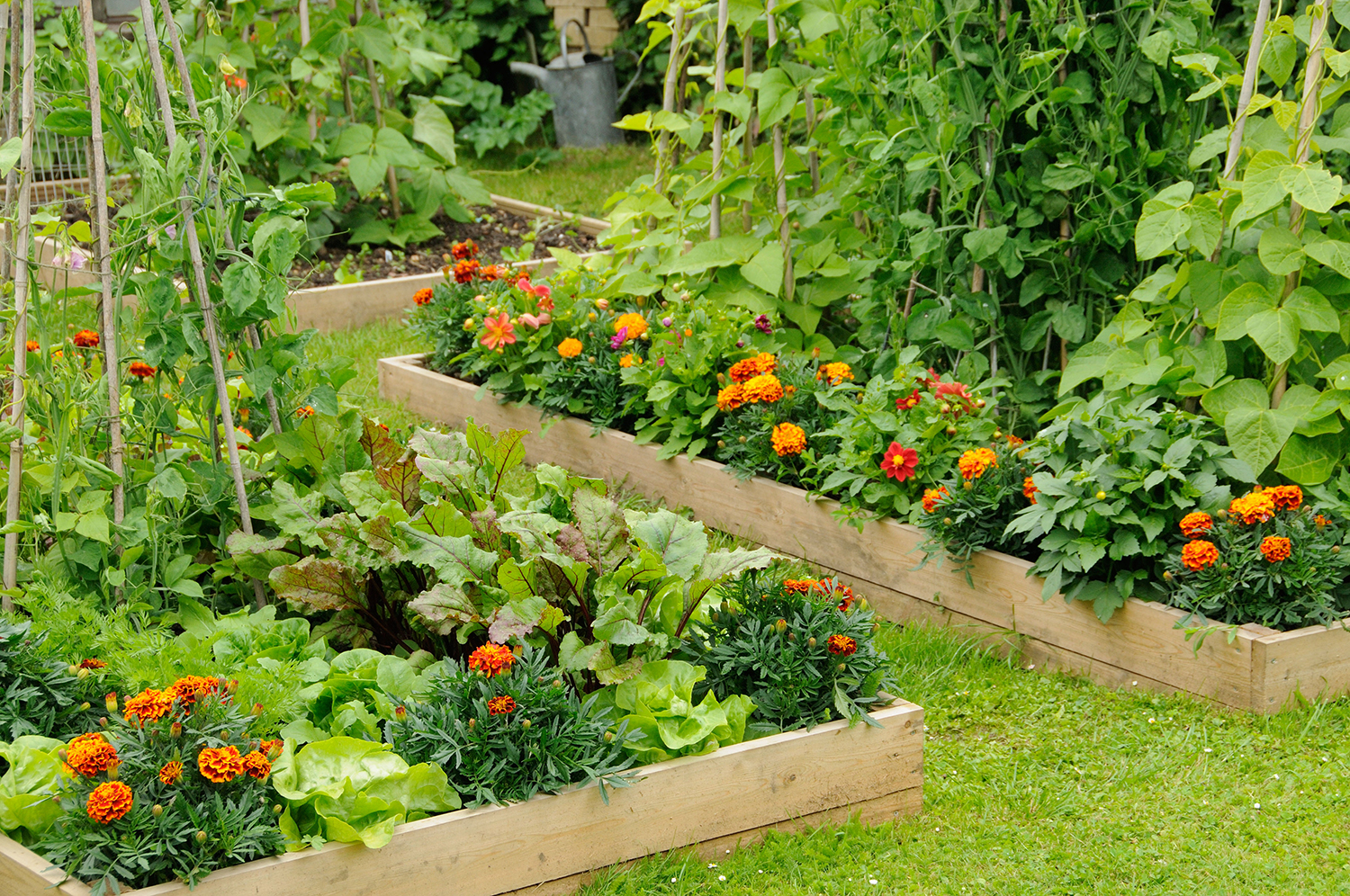Introduction
No dig garden beds have revolutionized home gardening by offering a low-maintenance, sustainable way to grow plants without disturbing the soil structure. This innovative method preserves soil life, improves fertility naturally, and saves gardeners time and effort. Whether you are a beginner or an experienced gardener, understanding how to create and maintain a no dig garden bed can transform your growing experience.
This article explores the benefits, setup process, and best practices for no dig garden beds. We’ll answer common questions, provide actionable tips, and share expert insights to help you maximize your garden’s health and productivity using this eco-friendly technique.
What Is a No Dig Garden Bed?
Definition and Core Principles
A no dig garden bed is a planting area where the soil is left undisturbed, avoiding traditional digging or tilling. Instead of turning the soil, gardeners build up layers of organic material on top, allowing natural decomposition to enrich the soil beneath.
Key principles include:
– Preserving soil structure and microorganisms
– Reducing weed growth by blocking sunlight
– Enhancing moisture retention
– Encouraging earthworms and beneficial insects
This method mimics natural forest floors where organic matter accumulates and decomposes slowly, creating fertile, healthy soil.
Benefits of No Dig Garden Beds
No dig gardening offers numerous advantages that appeal to both hobbyists and professionals:
- Improved Soil Health: Avoiding disturbance maintains beneficial fungi, bacteria, and earthworms, which enhance nutrient cycling and soil aeration.
- Time and Labor Saving: No digging means less physical effort and faster garden preparation.
- Weed Suppression: Mulch layers block light, reducing weed seed germination.
- Water Conservation: Mulches retain soil moisture, reducing watering needs.
- Sustainable and Eco-Friendly: It reduces soil erosion and carbon release associated with tilling.
According to a study published in the Journal of Soil Science, no dig systems promote higher microbial biomass, which correlates with healthier plants and increased yields.
How to Build a No Dig Garden Bed
Step-by-Step Guide
- Choose Your Location: Select a sunny spot with good drainage.
- Clear the Area: Remove large weeds or grass manually without disturbing soil.
- Layer Organic Materials:
- Start with a base layer of cardboard or thick newspaper to suppress weeds.
- Add alternating layers of green (nitrogen-rich) and brown (carbon-rich) materials, such as grass clippings, vegetable scraps, dried leaves, and straw.
- Add Compost: Spread a generous layer of quality compost or well-rotted manure on top.
- Mulch: Finish with a thick layer of mulch like wood chips or straw to protect the bed and retain moisture.
Tips for Success
- Maintain moisture as the layers decompose.
- Avoid synthetic chemicals to protect soil life.
- Refresh mulch annually to sustain benefits.
Common Questions About No Dig Garden Beds
Can I Plant Directly Into a No Dig Bed?
Yes. After the layers have settled (usually a few weeks), you can plant seedlings or seeds directly. The rich, loose soil created by decomposition supports healthy root growth.
How Long Does It Take to See Results?
You may notice improved soil texture and plant growth within a season. Microbial activity increases quickly, leading to better nutrient availability.
Are No Dig Beds Suitable for Vegetables?
Absolutely. Many gardeners report higher yields and healthier crops, especially for leafy greens, root vegetables, and herbs.
Expert Insights and Real-World Examples
Renowned horticulturist Charles Dowding, a pioneer of no dig gardening, emphasizes that “minimal soil disturbance leads to maximum soil life and stronger plants.” His trials show consistent yield improvements and reduced pest issues.
Gardeners worldwide have adopted no dig methods in urban and rural settings, reporting less weed pressure and sustained soil fertility.
Conclusion
No dig garden beds offer a practical, eco-friendly approach to cultivating healthy plants while preserving vital soil ecosystems. By layering organic materials and avoiding soil disturbance, gardeners can enjoy richer soil, fewer weeds, and less labor.
Whether you want to start a vegetable patch or improve your flower beds, the no dig method provides a sustainable path to thriving gardens. Embrace this technique to foster soil life, save time, and grow vibrant plants effortlessly. Start building your no dig garden bed today and watch your garden flourish naturally!
